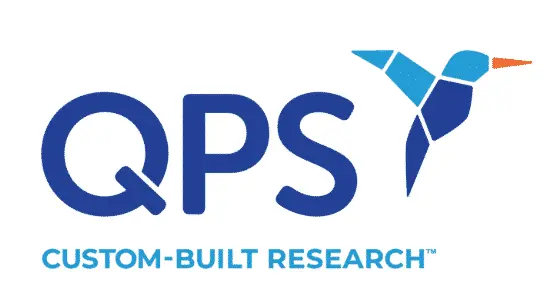Many patients need long-term, or post-acute, care after a hospital stay. Unfortunately, matching these patients with care facilities is a complicated process — one that relies on unreliable admission rates, inaccurate data, and assessment tools that may or may not be standardized across healthcare systems. To address this care gap, a Cornell doctoral student recently piloted a text message-based system to match patients with suitable long-term care facilities. Below is a summary of the project, titled “Faster Information for Effective Long-Term Discharge: A Field Study in Adult Foster Care” and originally published in Proceedings of the Association of Computing Machinery on Human-Computer Interaction.
Hospital Discharge Frustration Sparks Long-Term Care Project
Vince Bartle, the aforementioned Cornell doctoral student, served as the lead author of the paper. It sought to explore what Bartle dubbed “adult foster care facilities,” describing them as “small long-term nursing facilities that care for those unable to age in place.” These facilities provide essential long-term care to many older adults after a hospital discharge.
In a Cornell press release, Bartle explained that the project was inspired by observations he made at a medical center in Oahu in 2020. He was stationed at the hospital during the height of the COVID-19 pandemic, and the medical center was struggling to place long-term care patients following their hospital discharge due to the issues mentioned above. The medical providers struggled primarily with a lack of real-time information about care facility vacancies. This led them to make “cold call after cold call” in an attempt to place patients in those rare open slots.
Bartle worked with hospital administrators to identify the criteria that needed to be addressed when placing long-term patients. Then, he designed a text-message system meant to automate communication between long-term care facilities and hospitals.
Real-Time Updates for Hospital Providers
Bartle’s system began with an opt-in message sent to care facilities near the Oahu medical center. Once the facilities opted in, they received automatically-generated survey messages every 21 days. These surveys asked the care facilities to confirm their vacancy status, as well as the types of patients they could accommodate. With that information, hospital staff were able to better coordinate patient placement.
Bartle began by testing his system on a small set of care homes. After the initial test, he deployed it in February 2022 to a total of 1,047 facilities across Hawaii. During the 14-month test period, the system resulted in more than 8,000 total responses from care facilities.
Successful Hospital Discharge Statistics
Bartle’s system effectively streamlined communication, improving what many hospital administrators consider to be an archaic system. Per the Cornell press release, before Bartle’s system was deployed, the state of Hawaii would only provide updates on care-home availability every 105 days. Bartle’s system, meanwhile, provided updates every 21 days. Additionally, Bartle’s system helped improve the rate at which Oahu-based patients were matched with long-term care. According to the release, of the 155 long-term care patients the hospital received during the survey period, 127 were discharged, with at least one-third of those being placed in homes that were first contacted via Bartle’s system. The study describes the discharged individuals as “especially hard to place” and notes that hospital administrators found “several” long-term care facilities — facilities they may not have found otherwise — using Bartle’s system.
_____
Bartle’s platform enables hospital staff to make more effective use of their time and match patients with care more quickly, freeing up more time for patient-centered care activities. It’s a refreshingly simple model that, despite its simplicity, could have transformative effects for patients in need of long-term care.
Did you enjoy this blog post? Check out our other blog posts as well as related topics on our Webinar page.
QPS is a global, full-service, GLP/GCP-compliant contract research organization (CRO) delivering the highest grade of discovery, bioanalysis, preclinical and clinical drug development services. Since 1995, QPS has grown from a small bioanalysis shop into a full-service CRO with 1,200+ employees in the US, Europe, Asia and India. Today, QPS offers expanded pharmaceutical contract R&D services with special expertise in pharmacology, DMPK, toxicology, bioanalysis, translational medicine, PBMC processing, central safety labs, clinical trials, and clinical research services. An award-winning leader focused on bioanalysis and clinical trials, QPS is known for proven quality standards, technical expertise, a flexible approach to research, client satisfaction, turnkey laboratories, Phase I/II clinical units, and multi-site clinical research services. Through continual enhancements in capacities and resources, QPS stands tall in its commitment to delivering superior quality, skilled performance, and trusted service to its valued customers. For more information, visit https://www.qps.com or email info@qps.com.





